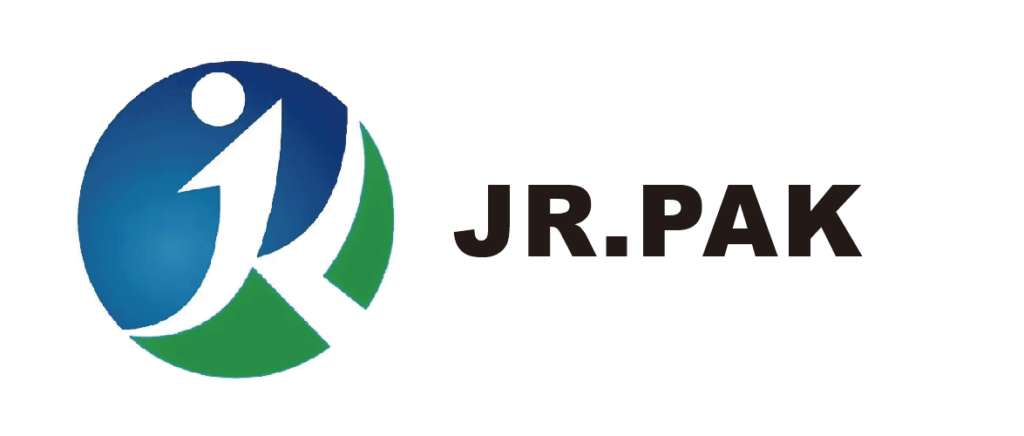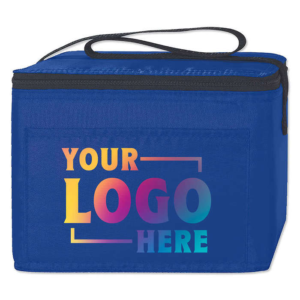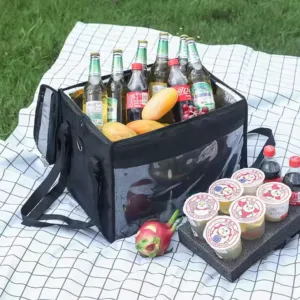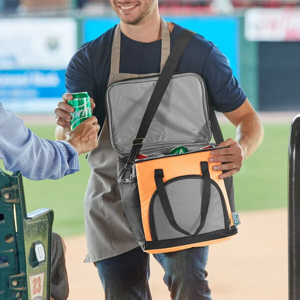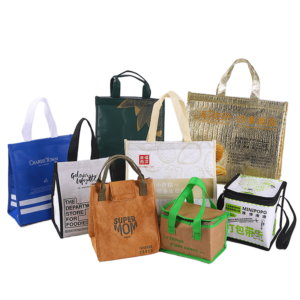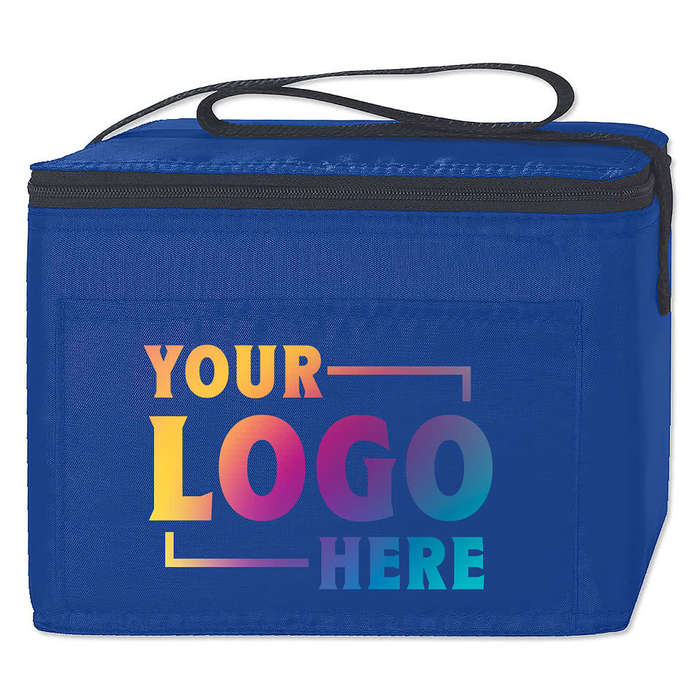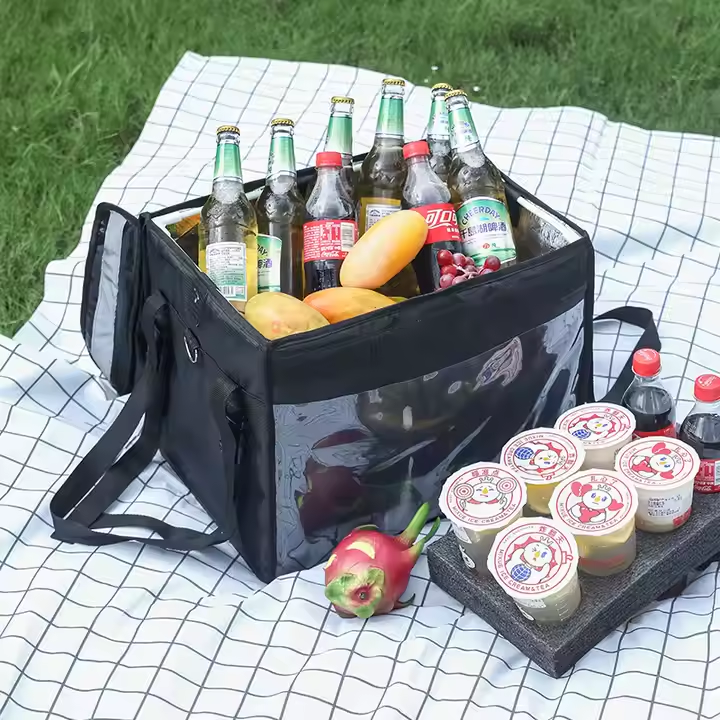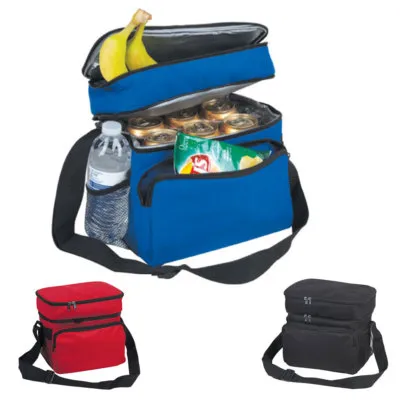Understanding what makes a non-woven bag high-quality helps businesses choose the right type for durability, branding, and sustainability. This list explores six essential features that define superior non-woven bags in wholesale and custom applications.
6 Features That Make a High-Quality Non Woven Bag
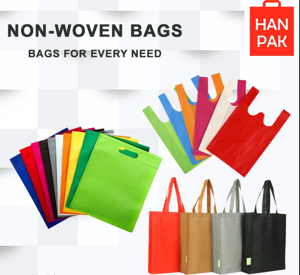
A high-quality non-woven bag stands out by offering durability, water resistance, breathability, customizability, eco-friendliness, and convenience. These attributes ensure long-term use, brand impact, and environmental benefit.
Keep reading to learn why these six features matter and how they affect performance and value.
Durability
Non-woven bags are known for their strength, which makes them ideal for repeated use.

Long-Term Use and Load Bearing
High-quality non-woven bags are made from strong polypropylene (PP) material. This fabric offers exceptional tear resistance and can handle heavy loads like groceries, textbooks, or tools without damage. This durability reduces the need for frequent replacements.
Comparison of Materials
| Material | Tear Resistance | Load Capacity | Lifespan |
|---|---|---|---|
| PP Non-Woven | High | 10–15 kg | Long |
| Paper Bags | Low | 2–5 kg | Short |
| Cotton Bags | Medium | 5–10 kg | Long |
Buyers should consider this when sourcing for supermarkets, bookshops, or takeaway services where bag reuse is critical. Durable bags also reflect well on brands as reliable and high-value.
Water Resistance
Laminated coatings enhance water resistance in many non-woven bags.
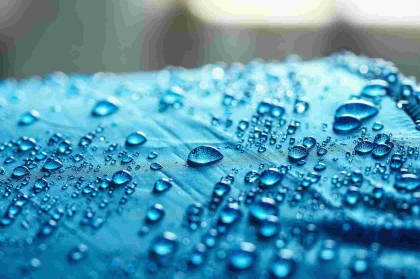
Moisture Protection for Daily Use
While not waterproof, non-woven bags offer good protection against light rain and accidental spills. Laminated variants improve this feature, making them ideal for outdoor markets, frozen foods, and delivery services.
Water Resistance Ratings
| Bag Type | Coating | Water Resistance Level |
|---|---|---|
| Basic Non-Woven | None | Low |
| Laminated Non-Woven | PP Lamination | Medium–High |
| Plastic Bags | Full Plastic | High |
Retailers or restaurants using these bags for food delivery can prevent moisture damage while promoting eco-conscious packaging.
Breathability
Breathable material keeps items fresh and odor-free.
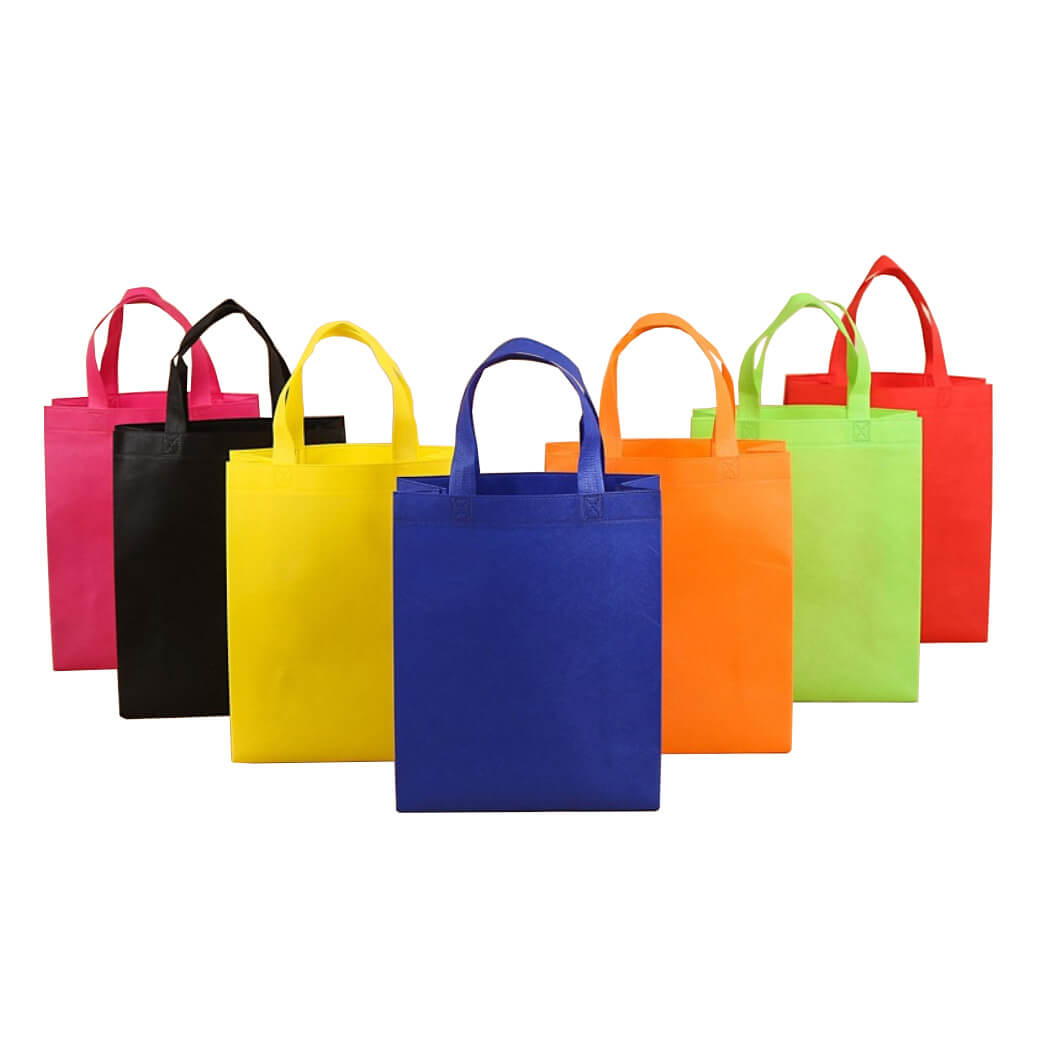
Air Circulation Enhances Functionality
The porous structure of non-woven fabric allows air to flow through the bag. This helps in reducing humidity, preventing odor buildup, and extending freshness for items like fruits, vegetables, or clothes.
Usage Benefits by Product Type
| Contents | Benefit of Breathability |
|---|---|
| Produce | Reduces spoilage |
| Gym Clothes | Prevents odor retention |
| Shoes | Avoids moisture accumulation |
For food vendors, grocery chains, or fashion wholesalers, breathability is a feature that adds value without additional cost.
Customizability
Non-woven bags offer a versatile branding platform.
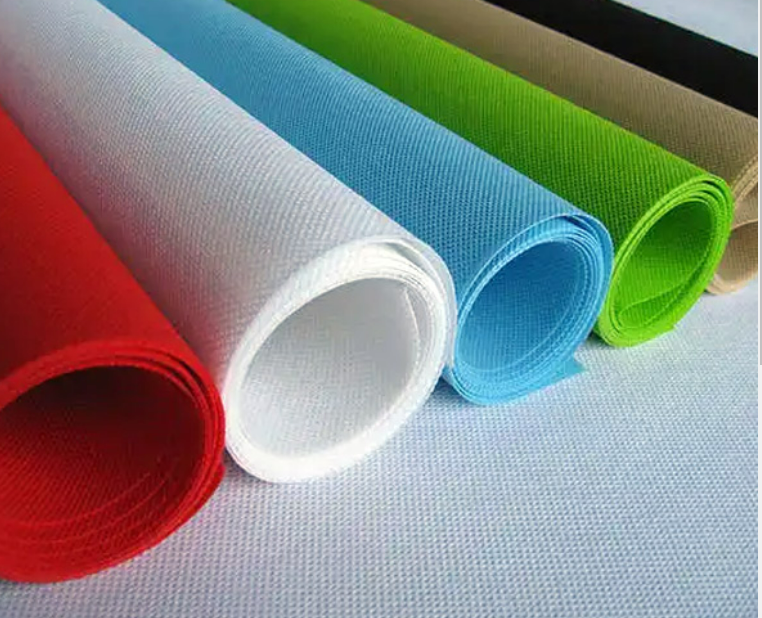
Branding and Size Flexibility
Non-woven bags come in many colors and can be printed using silk screen, heat transfer, or gravure printing. The smooth surface ensures vibrant designs, logos, or promotional messages. Sizes and handle types are fully customizable.
Customization Options
| Feature | Options Available |
|---|---|
| Colors | Over 20+ standard & Pantone matchable |
| Printing Methods | Silk Screen, Heat Transfer, Gravure |
| Handle Types | Die-Cut, D-Cut, Rope, Ribbon, Loop |
This feature supports branding needs for trade shows, retail promotions, and events. Custom bags are walking advertisements that increase brand visibility at low cost.
Eco-Friendliness
Reusable bags reduce single-use plastic and promote sustainability.
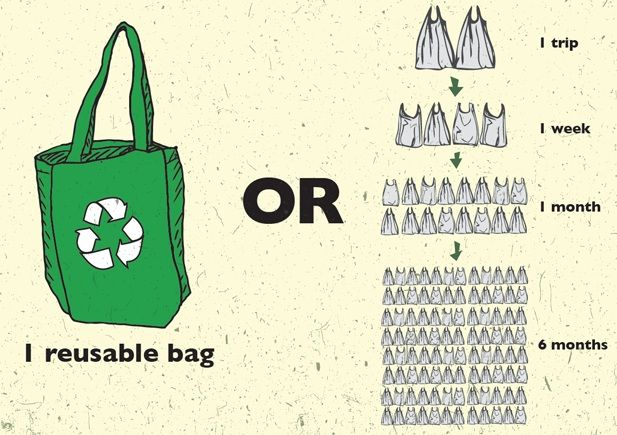
Sustainable Manufacturing and Use
Non-woven bags are made from recyclable PP material. They are reusable, biodegradable in specific conditions, and require less energy to produce than cotton or paper alternatives.
Environmental Comparison
| Material | Reusability | Resource Use | Environmental Impact |
|---|---|---|---|
| Non-Woven PP | High | Low | Low |
| Paper | Low | High | Medium |
| Plastic | Low | Medium | High |
Buyers looking to enhance their ESG goals can choose these bags to align with environmental standards while reducing long-term packaging costs.
Lightweight and Convenient
Easy to carry and store, making them practical for daily use.
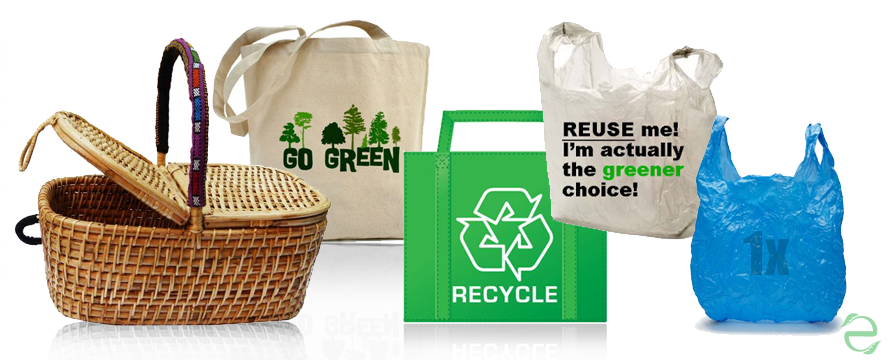
User-Friendly and Portable
Despite their strength, non-woven bags are light and foldable. They occupy little space and are simple to clean—usually just a damp cloth is enough. This makes them a smart choice for both consumers and logistics teams.
Convenience Scorecard
| Feature | Rating (1–5) |
|---|---|
| Weight | 5 |
| Foldability | 5 |
| Cleaning Ease | 4 |
| Daily Usability | 5 |
Retail chains, food delivery brands, and supermarkets will benefit from distributing bags that customers actually want to reuse regularly.
Conclusion
High-quality non-woven bags combine durability, water resistance, breathability, branding options, eco-friendliness, and portability. Each feature brings practical and marketing value. Based on my work with wholesale buyers, I’ve seen how the right bags can enhance a brand and reduce costs. Choose features that match your audience and use case. Share your thoughts or needs in the comments—we’d love to hear from you.
